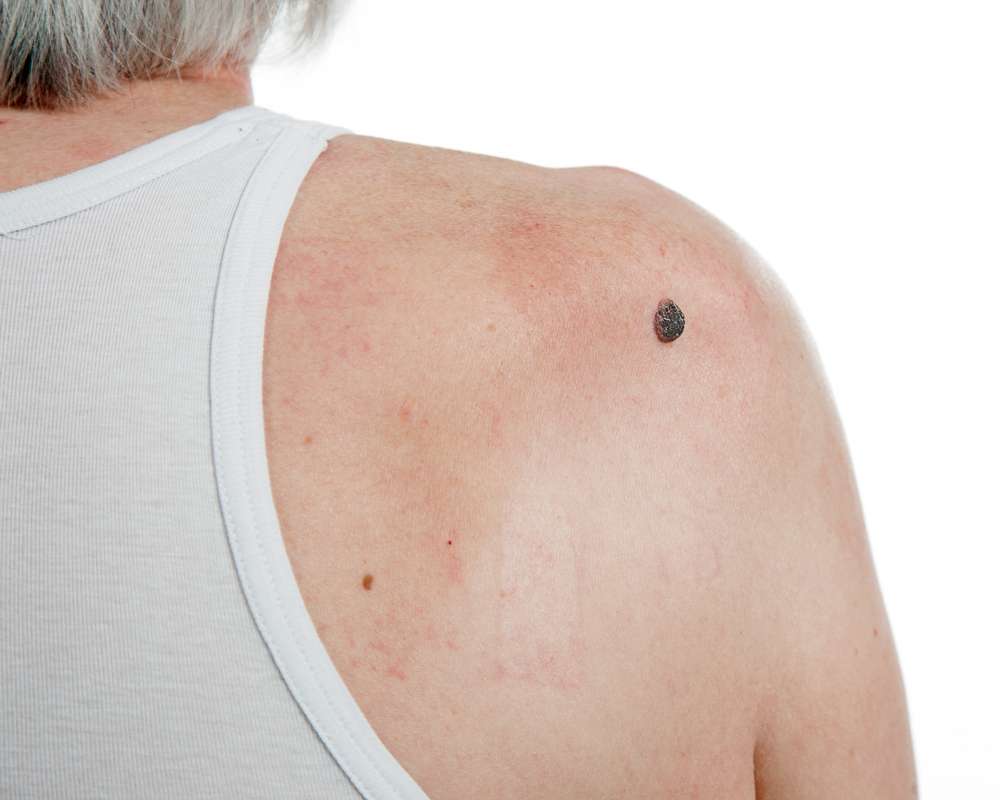Understanding Skin Cancer / Melanoma
Skin cancer, including melanoma, is one of the most common forms of cancer, but early detection can make a major difference in outcomes. This guide explains key warning signs, prevention strategies, and what to expect if testing or treatment is needed. Learn what experts say about managing skin health.

What Are the Common Skin Cancer Symptoms?
Skin cancer symptoms vary depending on the type but generally manifest as changes to existing moles or the appearance of new skin growths. For melanoma, the “ABCDE rule” provides a helpful framework for identifying suspicious moles: Asymmetry (one half doesn’t match the other), Border irregularity (ragged or blurred edges), Color variation (multiple colors within one mole), Diameter (larger than 6mm, about the size of a pencil eraser), and Evolution (changing over time).
Non-melanoma skin cancers like basal cell carcinoma often appear as pearly or waxy bumps, flat flesh-colored lesions, or scar-like areas. Squamous cell carcinoma typically presents as red nodules or scaly, crusty lesions that may bleed easily. Any unusual skin growth that persists, grows, bleeds, or changes should prompt medical attention, as skin cancer symptoms are often visible before the disease becomes advanced.
Why Is Melanoma Awareness So Important?
Melanoma awareness is critical because while it represents only about 1% of skin cancer cases, it causes the majority of skin cancer deaths. When caught early, the five-year survival rate for melanoma is over 98%. However, this drops dramatically to about 25% for advanced cases that have spread to distant parts of the body.
Raising melanoma awareness helps educate the public about risk factors such as excessive UV exposure, fair skin, multiple or unusual moles, family history, and personal history of skin cancer. Awareness campaigns highlight the importance of sun protection measures like wearing sunscreen, protective clothing, seeking shade, and avoiding tanning beds. Additionally, these initiatives promote regular skin self-examinations and professional skin checks, especially for high-risk individuals.
How Does Early Detection Improve Skin Cancer Outcomes?
Early detection of skin cancer is perhaps the most significant factor in successful treatment outcomes. When identified in its initial stages, skin cancer is highly treatable with less invasive procedures and better cosmetic results. For melanoma specifically, early detection before the cancer has spread to lymph nodes or other organs can mean the difference between a simple excision procedure and extensive treatment involving immunotherapy, targeted therapy, radiation, or chemotherapy.
Regular skin self-examinations allow individuals to become familiar with their skin’s normal appearance and detect changes promptly. Professional skin examinations by dermatologists provide expert assessment and can identify suspicious lesions that might be overlooked during self-checks. New technologies, including dermoscopy, total body photography, and artificial intelligence algorithms, are enhancing early detection capabilities, helping identify skin cancer at increasingly earlier stages.
What Are the Different Types of Skin Cancer?
Skin cancer is categorized into several types, each with distinct characteristics and treatment approaches:
Melanoma originates in the melanocytes (pigment-producing cells) and is the most aggressive form. It can develop on any skin surface but commonly appears on the trunk in men and the legs in women. Melanoma has the greatest potential to spread to other body parts if not treated early.
Basal cell carcinoma (BCC) is the most common type, developing in the basal cells of the epidermis. BCC rarely metastasizes but can cause significant local damage if left untreated. It typically appears on sun-exposed areas like the face and neck.
Squamous cell carcinoma (SCC) affects the flat cells in the outermost layer of skin and is the second most common type. While SCC has a higher risk of spreading than BCC, it’s still highly treatable when caught early. It often develops on areas exposed to the sun, including the face, ears, and hands.
Less common types include Merkel cell carcinoma, an aggressive skin cancer often appearing as a flesh-colored or bluish-red nodule, and cutaneous lymphoma, which develops in white blood cells that reside in the skin.
How Can You Protect Yourself From Skin Cancer?
Protection against skin cancer involves a comprehensive approach to minimizing UV radiation exposure. Applying broad-spectrum sunscreen with SPF 30 or higher is essential, even on cloudy days, and should be reapplied every two hours or after swimming or sweating. Wearing protective clothing, including wide-brimmed hats, UV-blocking sunglasses, and tightly-woven fabrics, provides additional defense.
Seeking shade, particularly between 10 am and 4 pm when UV rays are strongest, significantly reduces exposure risk. Completely avoiding indoor tanning beds is crucial, as they emit concentrated UV radiation that dramatically increases skin cancer risk. Regular skin self-examinations and annual professional skin checks help ensure early detection if skin cancer does develop.
Individuals with numerous moles, fair skin, personal or family history of skin cancer, or immune suppression should be particularly vigilant about protection measures and screening frequency. Some dermatologists recommend baseline total-body skin examinations in early adulthood, with follow-up frequency determined by personal risk factors.
Conclusion
Understanding skin cancer, particularly melanoma, is vital for prevention, early detection, and successful treatment. By recognizing common symptoms, appreciating the importance of awareness, prioritizing early detection, identifying different types, and implementing comprehensive protection strategies, individuals can significantly reduce their risk. While skin cancer rates continue to rise globally, education and proactive measures remain our strongest tools in combating this increasingly common but often preventable disease.
This article is for informational purposes only and should not be considered medical advice. Please consult a qualified healthcare professional for personalized guidance and treatment.




